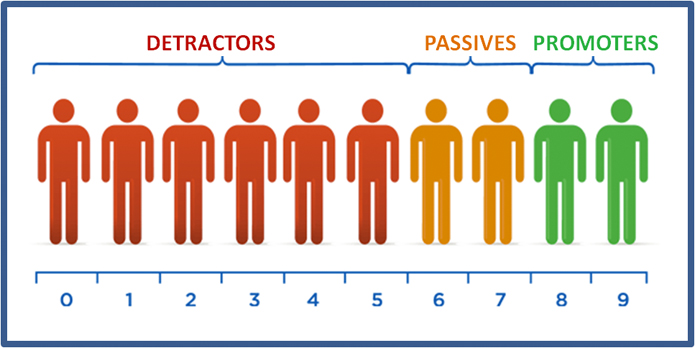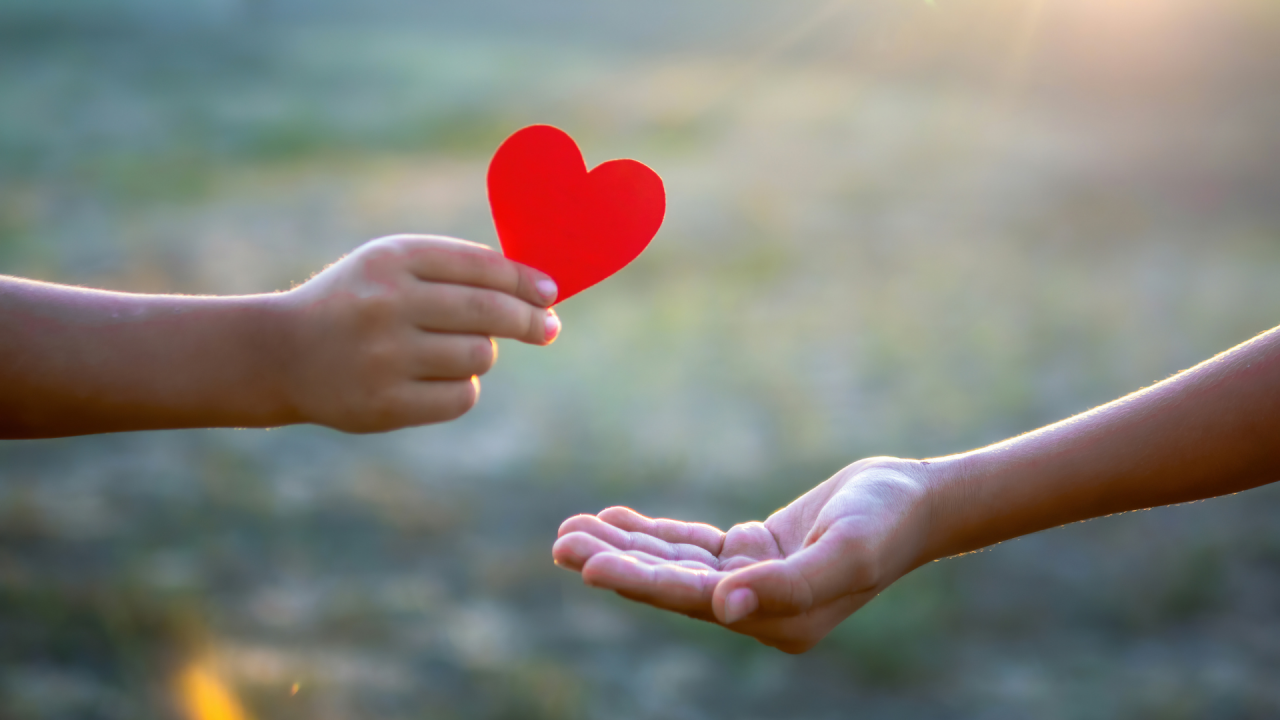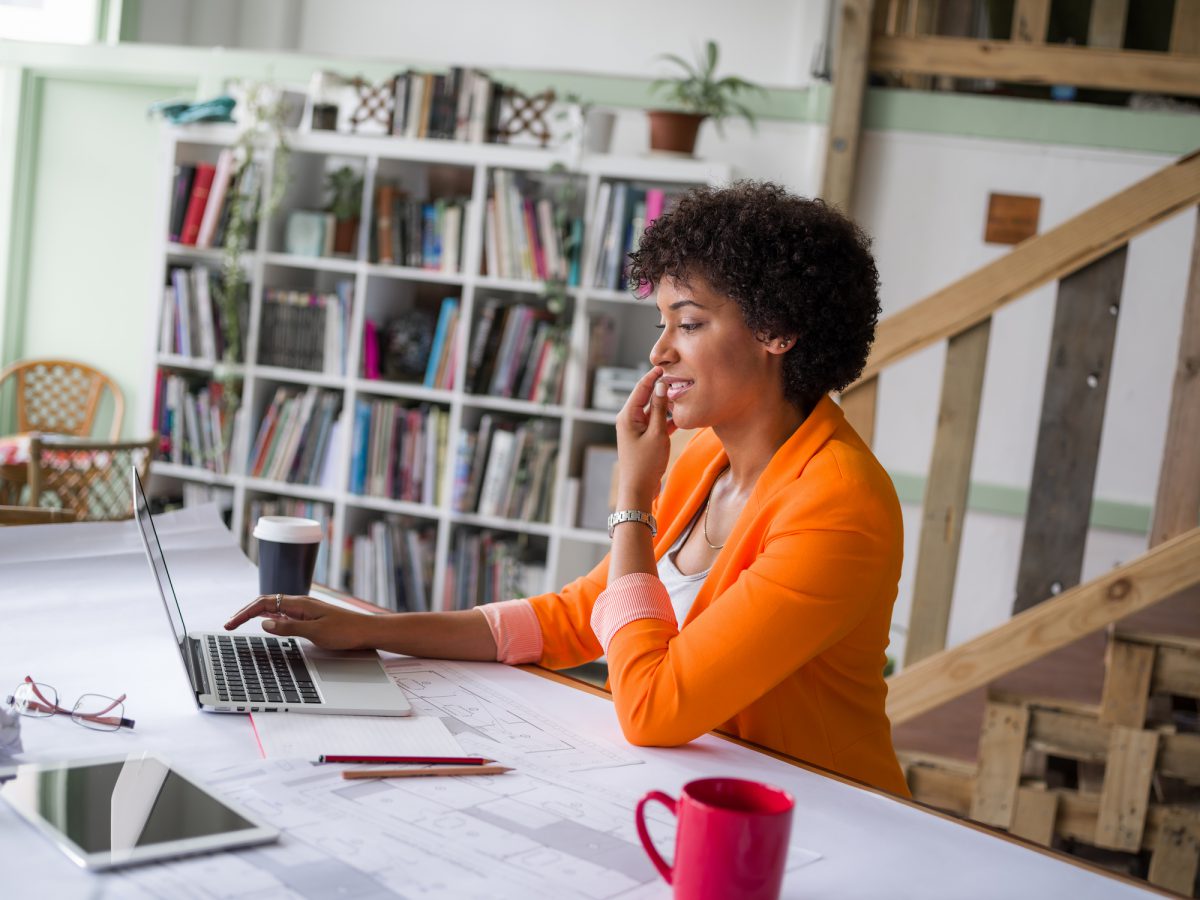Feedback in the Nonprofit Sector

In the business world, it’s the magic number that executives follow. It’s the metric that tells companies what products need to be improved, what products need to be revised and which ones are doing well. The Net Promoter Score is the one-step customer satisfaction survey that more and more businesses use to measure success. NPS has won over many of the world’s largest businesses – for instance, Apple, eBay, and LinkedIn use NPS to improve their services.
Higher customer satisfaction is linked with higher product quality. For example, Apple’s NPS was 58 in 2007, when it began measuring, and by 2011 its stores had reached an average of 72. During the same time, their revenue skyrocketed from $20,000 million to nearly $115,000 million. Most companies average an NPS of around 20-30, while other high performing businesses like Charles Schwab, Amazon, and Costco reach 50-80.
What can social programs trying to measure their impact and improve their programs learn from the success of NPS? First, quality can reliably be measured from the perspective of the user. And second, simple actionable feedback can provide insight into how to improve programs. And, as stated a previous blog on “Overcoming the Courtesy Bias in Constituent Feedback,” the Net Promoter Analysis is one of three critical ways to gain feedback, improve programs and overcome the courtesy bias social programs experience because of the need to please donors.
The public and philanthropic sector is beginning to adopt the customer feedback paradigm and adapt it for the social sector. “I believe that nonprofits need to adopt a similar perspective and make sure that continuous improvement is part of their operation,” says James D. Power, formerly of J.D. Power & Associates. Public and nonprofit organizations can use similar tools to quickly gauge where they stand in terms of client satisfaction and how they are making an impact. And furthermore, they can learn how they can improve, from the perspective of the people they are intending to help.
In fact, in a recent Forbes article, “What’s Your Feedback Loop”, Dennis Whittle the three core requirements to fully take advantage of feedback loops: 1) create pathways for broad-based feedback, 2) combine the wisdom of crowds with the knowledge of experts, and 3) build strong incentives to act on feedback.
GreatNonprofits – the largest review site for nonprofits (think Yelp of nonprofits) – is striving to fulfill two of those core requirements: 1) broad-based feedback and 2) the wisdom of crowds. To date,GreatNonprofits has crowd-sourced over 200,000 reviews about ~20,000 social programs submitted by people who have used their services, we call this “beneficiary feedback”. A beneficiary is a person who uses the nonprofit’s program and who is supposed to benefit from it. Ranging from healthcare to education to homeless programs, the need to know what works, what doesn’t and what might work from the perspective of the “beneficiary” is valuable.
It’s a very simple concept: Asking the beneficiary – were you satisfied with your experience? Is there anything that could have been improved? Would you recommend this program to others?
Thousands of nonprofits and public programs are now collecting beneficiary feedback. It is the right thing to do – to give voice to beneficiaries whose lives we’re trying to impact – and the effective thing to do. In international aid especially, where donors are geographically far away from the development taking place in a targeted area, bottom up feedback about development projects can provide essential insight into the voices and perspectives of the beneficiaries. “Development is about what happens on the ground with real people, says Caroline Anstey, Managing Director of The World Bank. The World Bank is encouraging citizen monitoring and “feedback loops to improve everything we do with a quicker turnaround than traditional data collection…”
The best organizations, regardless of sector, are those that work towards improvement. “What interested us in being open to reviews from our constituents is really the desire to improve our services,” says Nicole Molinaro, former executive director of Communities in Schools of Pittsburgh-Allegheny County, a dropout prevention program serving at-risk youth. “Without hearing feedback about what we’re doing well and what we can do better, we really can’t make improvements in how we serve our kids.”
By adopting beneficiary feedback, nonprofits and public programs can learn and improve the effectiveness of their programs. Beneficiary feedback could become the integral part of organizational improvement that it needs to be – closing the feedback loop and boosting growth and quality of social programs.
—
Perla Ni is the founder and CEO of GreatNonprofits, a website that helps inform and inspire nonprofit excellence through community sourced feedback about nonprofit organizations.




















